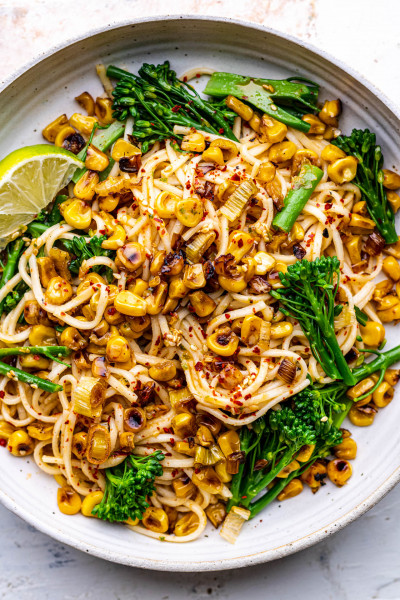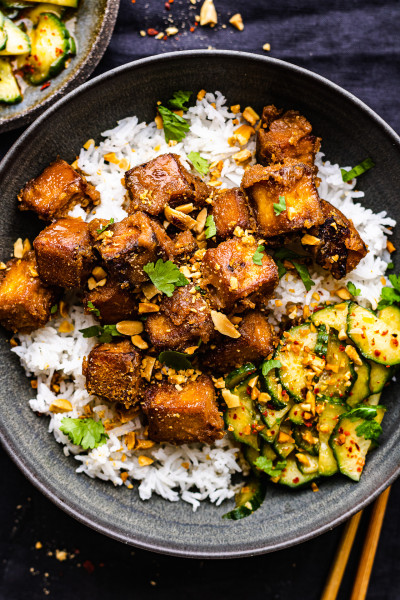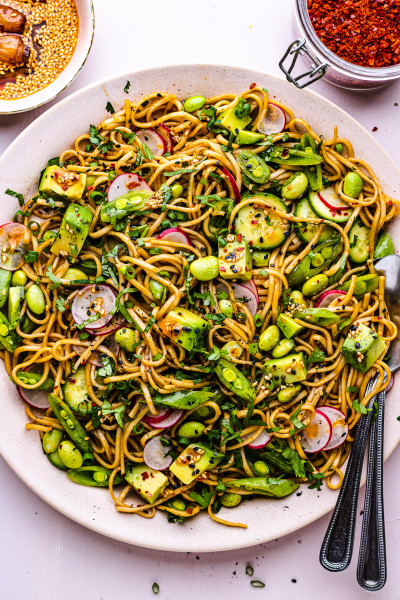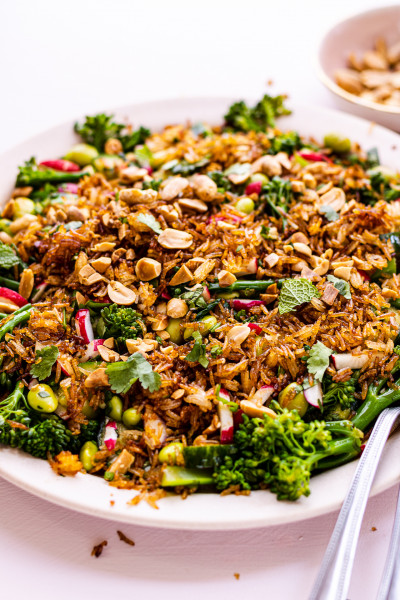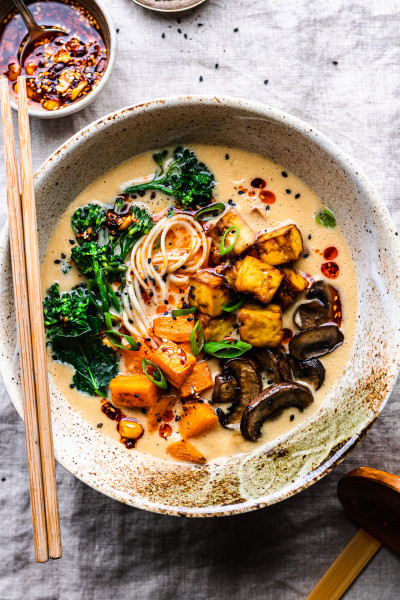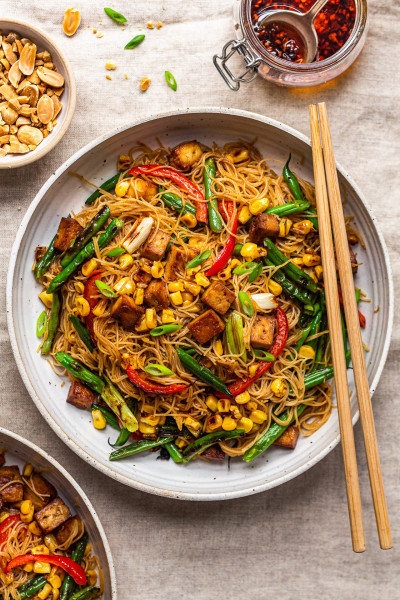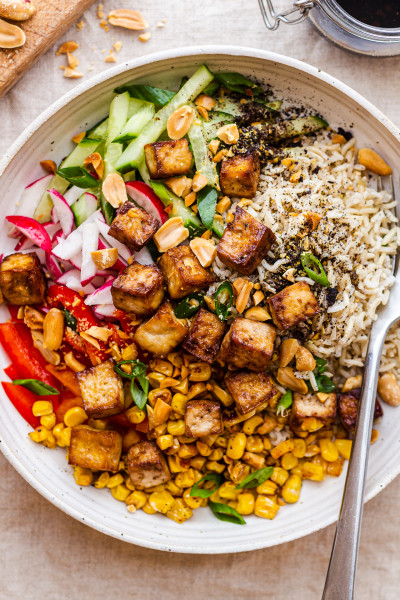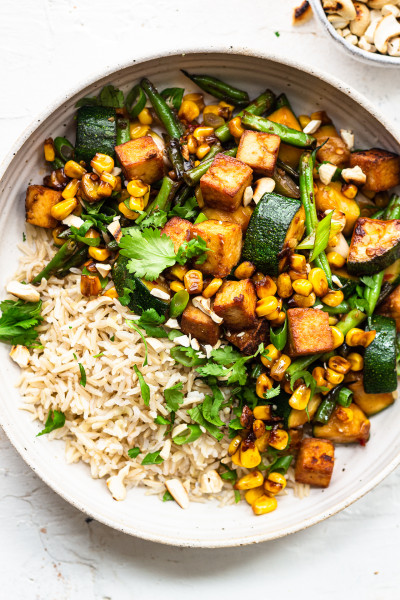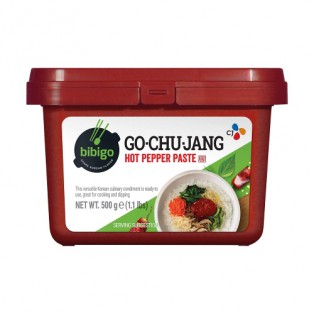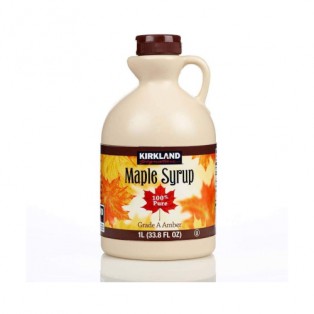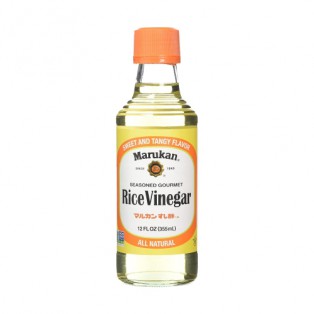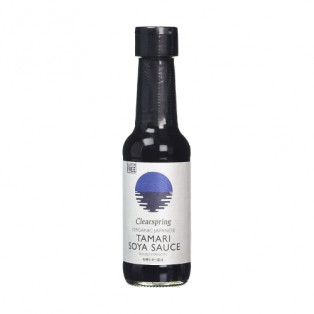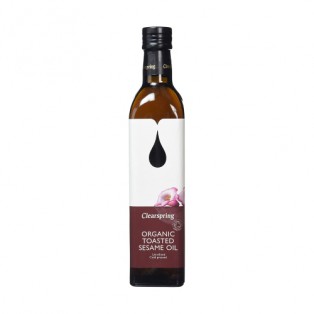
Do you remember my recent post for vegan katsu curry? If you recall, it was inspired by my frustration at eating a very mediocre version of that dish while out. Well, the story behind this recipe is pretty much the same. One evening, we came across a little, independent place in the centre of town that, alongside an omni menu, promised to serve an impressive selection of vegan versions of many Asian classics.
We were excited and hoping to finally find a place were we can dine out more regularly, but as soon as the dishes arrived and we tasted them, our excitement wore off. I had a vegan bibimbap, which was so uninspiring that I almost wanted to have a cry.
This classic Korean dish of ‘mixed rice’ is typically packed with texture and flavour, but this was anything but. Oh well. I guess you won’t know until you try. I decided to turn a negative into a positive and to make my own.
The most surprising thing is that a bibimbap is not hard to make at all. It typically consists of several raw and cooked elements brought together by the smoky and spicy Gochujang sauce made with Korean chilli peppers. This Korean pre-cursor to a trendy ‘buddha bowl’ should really have it all. It’s filling, delicious and well balanced if done well. Traditional versions feature short grain rice (like sushi rice, for example), but I went for a more nutritious brown rice in this case.
Like other dishes made of disparate ingredients that only get unified once the sauce gets stirred through, this dish is a perfect candidate for ingredient batch prepping in advance. Handy if, like me, you get so wrapped up in work that you often lack time to think about lunch. Actually, I am lying, I work with food, so I always have time to think about lunch, but a bit of forward planning for the days when I’m photographing is a real life saver.
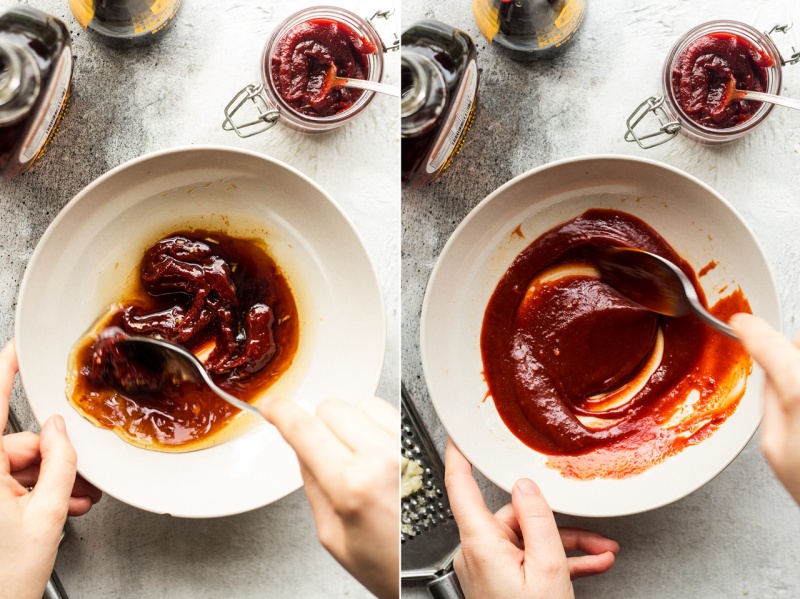
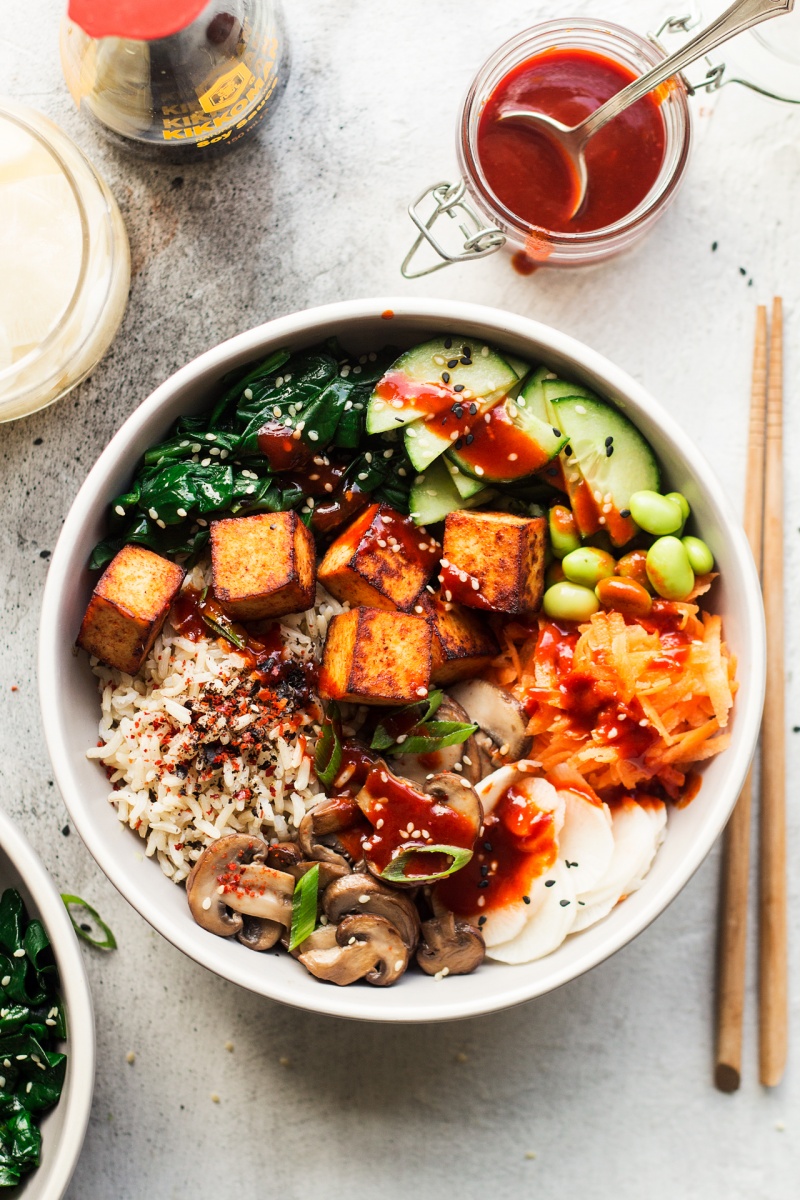
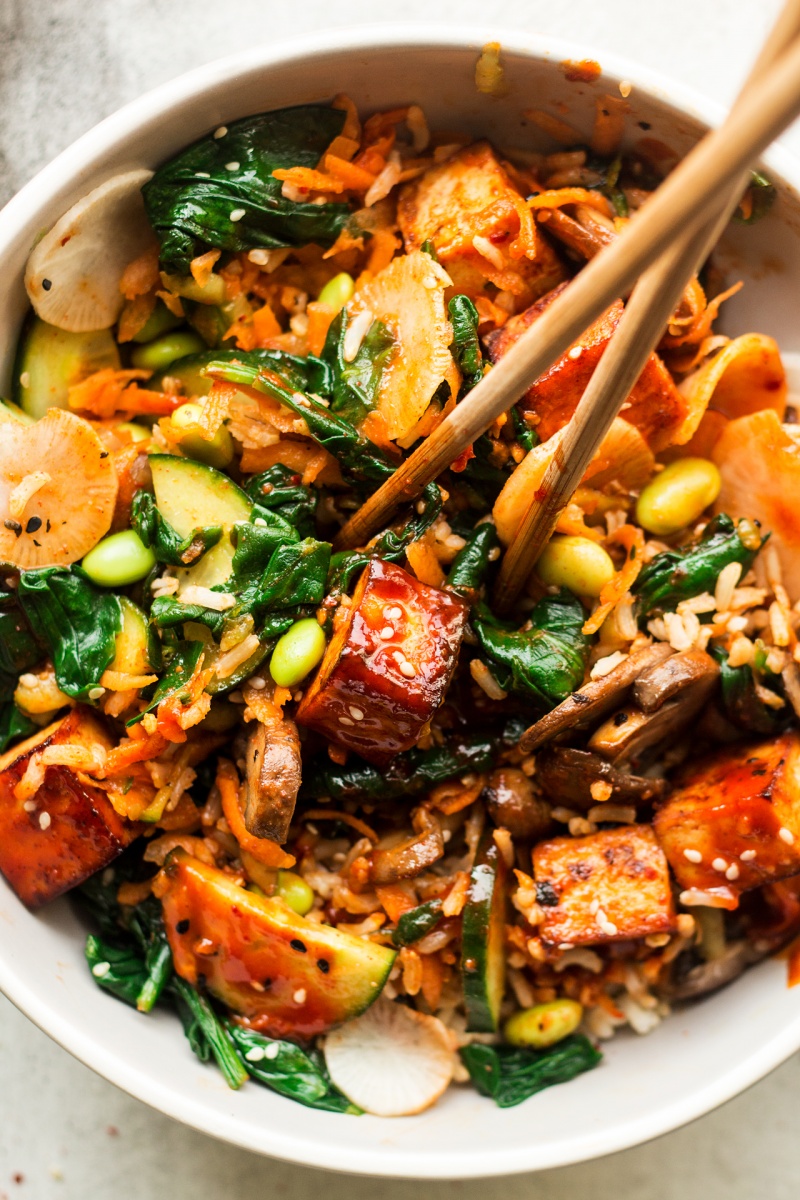
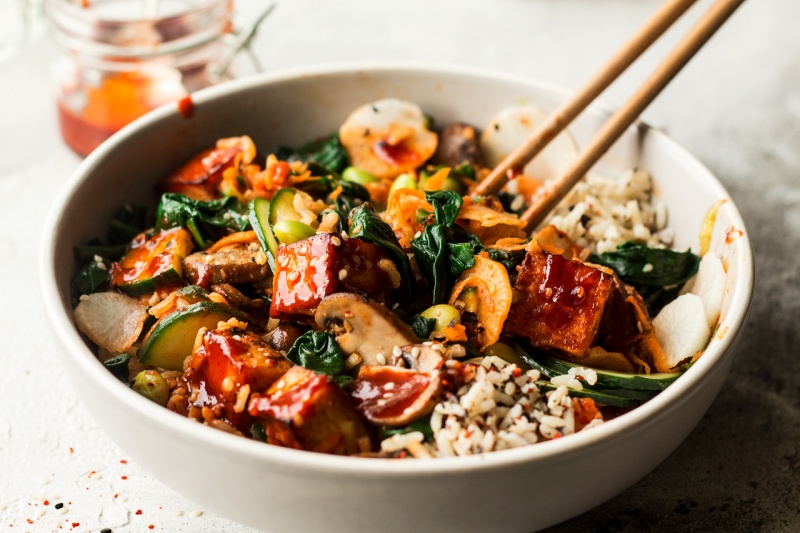
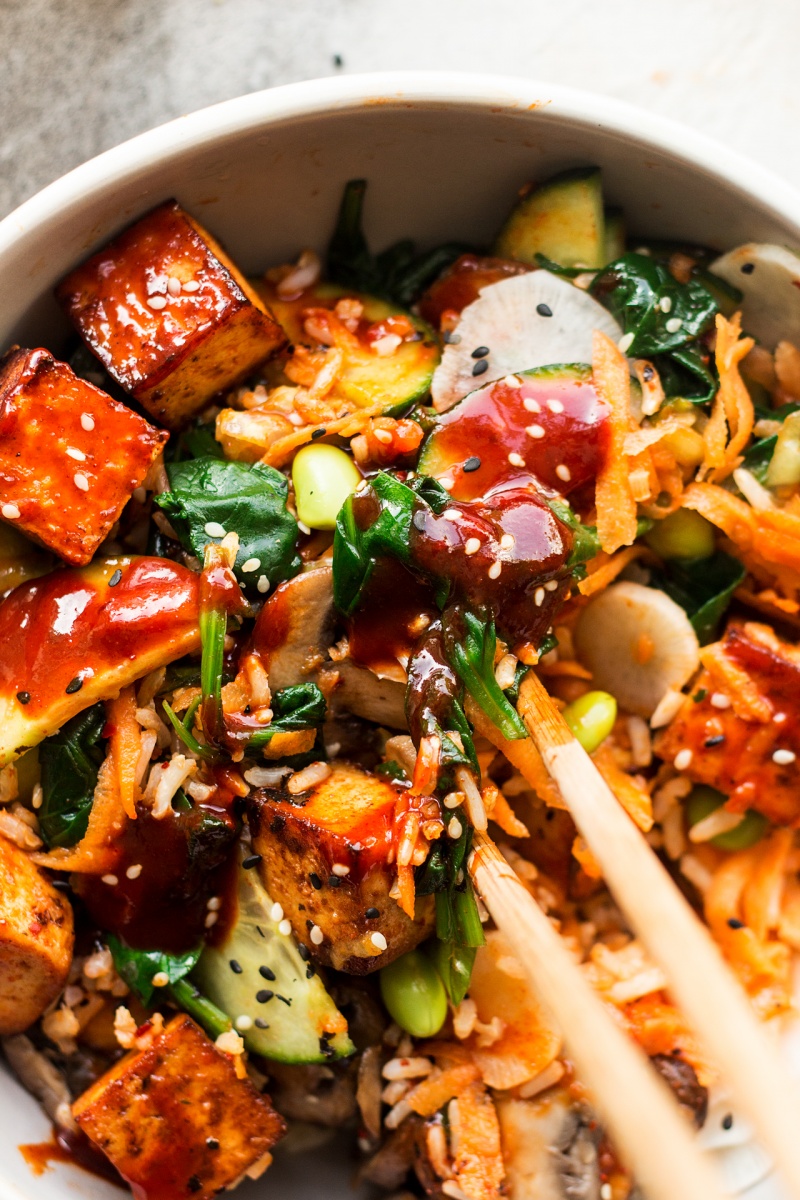
- 200 g / 7 oz firm non-GMO (cotton not silken) tofu, pressed
- 4 tsp soy sauce or tamari for GF version)
- 1 tsp Gochujang (Korean chilli paste) this is the one I used
- 2-4 tsp oil (I used rice bran oil)
- 100 g / 3½ oz mushrooms (shiitake if you can get them)
- 100 g / 3½ oz spinach
- 1 carrot shredded
- 50 g / 2 oz edamame beans
- ½ cup rice, cooked (I used brown)
- pickled daikon (see below)
- ½ long cucumber, finely sliced
- 1 spring onion, finely sliced
PICKLED DAIKON (make a day in advance if you can)
- 100 g / 3½ oz daikon (or radishes)
- 60 ml / ¼ cup rice wine vinegar + 60-120 ml / ¼-½ cup water
- 2 tbsp sugar, adjust to taste
- 1 tsp salt, adjust to taste
DRESSING
- 2 tbsp Gochujang (Korean chilli paste)
- 2 tsp rice wine vinegar
- 1 tbsp soy sauce or tamari for GF version)
- 1 tbsp toasted sesame oil
- 1 tbsp maple syrup (or sugar dissolved in soy sauce)
- 1 small garlic clove, finely grated
- Cut a pressed block of tofu into equal size cubes – I got 12 out of mine.
- Place the tofu in a shallow bowl and pour soy sauce (mixed in with 1 tsp of Gochujang) over it. Set the tofu aside for at least 30 minutes to allow the tofu to absorb the marinade, making sure you turn the pieces to the other side at least once, halfway through.
- If you have a non-stick pan, you can pan-fry the tofu. Heat up 2 tsp of oil on a non-stick pan. Place the marinated tofu cubes into the hot oil. Fry, turning frequently until browned on all sides. Be careful as the tofu is likely to splatter a little bit initially.
- If you don’t have a non-stick pan or want to reduce the amount of oil you consume, you can also bake the tofu. Set the oven to 180° C / 355° F and place the marinated cubes of tofu on a baking sheet. Bake for about 25-30 minutes, turning once, halfway through.
PICKLED DAIKON (make a day in advance if you can)
- Slice the daikon into thin slices and place in a jar.
- Bring rice vinegar, water (60-120 ml / ¼-½ cup, depending how sharp you like your pickles), sugar and salt to a gentle boil.
- Pour the hot pickling liquid over the daikon. The pickles can be eaten straight away, but they are worth making a day in advance as their flavour develops with time. Store in an airtight jar in the fridge.
DRESSING
- Whisk all of the dressing ingredients together in a medium size bowl.
ASSEMBLY
- Heat up 2 tsp of oil in a medium non-stick pan. Throw in the mushrooms and fry them gently until they are nicely browned on all sides. Season with salt and pepper once fried so that the mushrooms don’t release too much water during frying.
- Remove the mushrooms from the pan, throw in the spinach and a splash of water. Cook on a low heat, stirring from time to time, until the spinach wilts and most of the excess water cooks out. Season with salt and pepper.
- Divide cooked rice, all the veggies and cooked tofu between two bowls. Sprinkle with sesame seeds and top with the Gochujang dressing.



